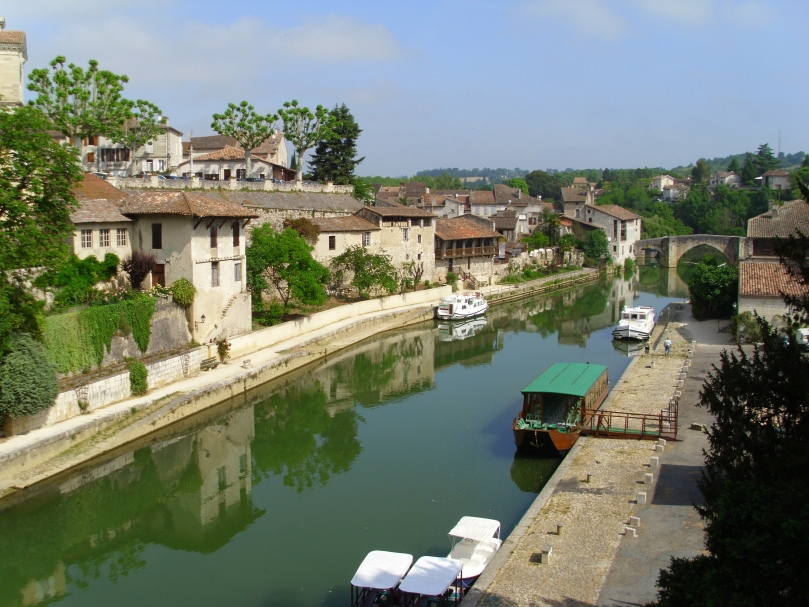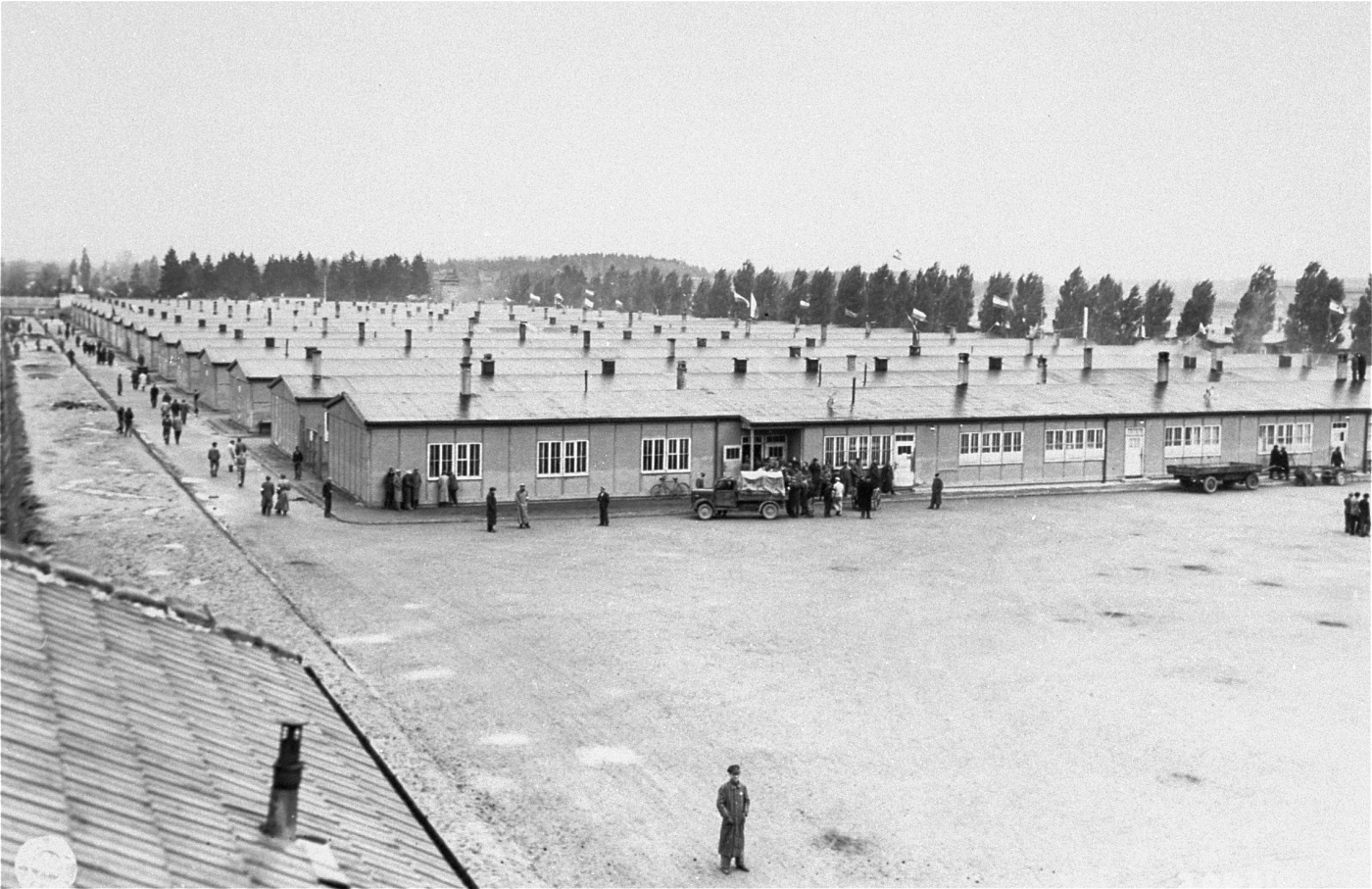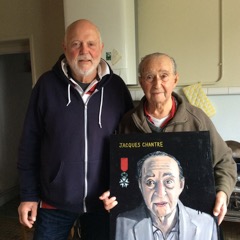Portrait of a hero: the story of French war prisoner Jacques Chantre

Nerac is a spectacularly beautiful medieval town in the heart of Gascony. The 12th century Chateau of Henry IV looks down onto a cluster of multi-coloured canal boats moored in the river port.
On Saturday mornings the extensive market provides a wide range of wonderful local produce that the area is famous for. Fois gras, armagnac, floc, rillettes, confit, magret and all kinds of other regional delights are there in all their glory.
Meeting a war hero
In the kitchen of a small house less than half an hour’s walk from the market, is where I met Jacques Chantre. He told me what happened to him in a nearby maize field just over 70 years ago. He was waiting for an explosion. He was on a mission with two friends to blow up a train. One boy looked after their bicycles while Jacques Chantre and the other boy placed the explosives “sur la voie ferrée Bordeaux – Toulouse.”
They heard a blast which meant success. The next day the local newspaper described the event as an attaque terroriste. On their way to cross the Garonne to look for other maquisards hiding in the forest they were searched by “deux gendarmes français” who found the revolver Jacques was carrying. He was 23 years old, and that’s when the nightmare began. It lasted until the end of the war. They were manacled to the back of a police camion and taken to Eysses, the high security detention centre in Villeneuve-sur-Lot.
Jacques Chantre: a prisoner of war
After the fall of France in 1940, around 1.8 million French prisoners were sent to Germany. Jacques Chantre became one of them in October 1943 when, following a prisoner mutiny, he found himself on a train to Dachau concentration camp. He was in a wagon designated ‘6 horses or 40 persons’.
During his time in the death camp, Jacques Chantre endured extreme privation and witnessed the most horrific, repulsive and despicable acts ever perpetrated by man.
But one day in 1945 the prisoners noticed that the SS guards were no longer a presence. No one knew what was going on, and they stayed locked in their huts behind the wire.
A few days later, a Jeep arrived in the camp. The prisoners were astonished to see an officer with long blond hair get out with a camera. She was a journalist with an American publication. The Yanks had arrived to liberate Dachau.

Brighter days
If ever you’re in Nerac on a Saturday morning, don’t forget to look out for Jacques Chantre, ‘Legion d’Honnour’, aged 95. He walks the 2 kilometres each way from his home to the market pour faire les courses every Saturday morning.
The most impressive thing about Jacques today is his sprightliness and good humour. So it was both disconcerting and humbling to sit in a small kitchen with this wonderful old man who survived one of the bloodiest episodes in European history.
The portrait of Jacques below is for the collection of the Association des Anciens Combattants de la Résistance (ANACR). I feel that this is the least I could do to show in what high esteem I hold Jacques.
It is now over 100 years since the cliché coined by H.G. Wells, “the war to end wars”, was introduced into our language, but political, religious, tribal and ethnic conflicts remain commonplace. Intolerance is rife, and terrorism is universal. Although evil seems to still be well and truly in the ascendency, can Jacques Chantre’s story be thought of as a small triumph over inhumanity? Or does barbarity still reign supreme?
What do you think Jacques Chantre’s story represents? Share your thoughts with us in the comments below.
Image credits:
1. ‘Nerac (Lot-et-Garonne)’, by Alpat, via flickr.
2. & 4. © Ray Johnstone.
3. ‘Prisoner’s barracks dachau’, via wikimedia commons.









A lovely portrait.
Thanks for your kind words Sophia – I enjoyed doing it.